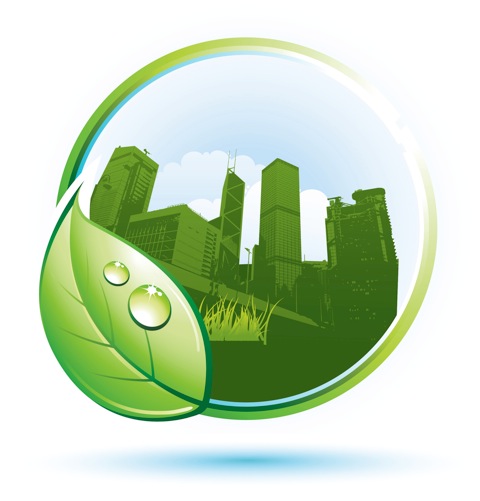With the trend toward high-density office spaces and the increased pressures on employee productivity, the role of the office cleaner has never been more important. As professional cleaners, our focus is to clean your office for health first. A beautiful looking office comes naturally, as a positive outcome of our practices.
The regular removal of contaminants from key germ transfer points is key for reducing the spread of illness in the workplace. Additionally, the removal of soil and pollutants from premises helps to improve overall indoor air quality. The following outlines the steps that can be taken to provide a healthier workplace environment:
Regular vacuuming and carpet maintenance
With the increase of pollen and spores, many people with allergies seek refuge indoors. There is however, the issue of allergen particles being carried in the air, and settling onto furniture, carpet and floor surfaces.
Vacuuming helps to keep allergens to a minimum and can eliminate up to 80% of the soil in carpet. However, it is important that the proper equipment is used. A vacuum with a HEPA filter and a canister that can trap the soil and allergens for safe removal from the premises is best.
Additionally, regular carpet cleaning provides a significant contribution to overall building health. Numerous studies have indicated that proper care and cleaning of carpeted areas may actually reduce the amount of airborne allergens within the workplace environment.
High touch hard surface cleaning
It is important to use equipment that will trap dust and allergens from hard surface areas. Traditional dusting disturbs dust and pollen and moves it around rather than removing it. Microfibre clothes and other specialized dusting equipment will trap these particles and dramatically decrease airborne particles, allergens, VOCs and bacteria.
While certain areas of offices are more prone to bacteria such as door handles, elevator buttons, reception areas, phones, computer keyboards and mice, desks can often be the worst offenders. A research study conducted by a microbiologist at the University of Arizona, Dr. Charles Gerba, found that an office desk can have 400 times more bacteria than the average toilet seat.
Workstation sanitizing
Proper workstation cleaning includes sanitizing of the desk and other work surfaces, telephones and other touch points, removing waste, dust and dirt particles from the premises, cleaning chairs and fabric panels, all performed by qualified and trained cleaning professionals.
Dust accumulation can damage a computer’s delicate components, therefore, it is important to not only remove the dust, but also sanitize computer accessories. Bacteria, viruses, skin flakes, oils and grime can collect on keyboards and monitor screens.
Remove dust from prime accumulation points.
Dust and particles accumulate rapidly in ductwork, air vents and around electronic equipment. Periodic cleaning of these areas throughout the year by professionals is important for removing contaminants and allergens from the premises.
Waste diversion
Centralized disposal and recycling stations can also help to keep the office cleaner. Instead of overflowing bins with unsorted organic waste and recycling at each workstation, custodial staff can collect refuge at key collection points within the office and deal with waste and recycles efficiently in the building’s compactor room.
Use green cleaning products and processes.
Especially during times when workers are more sensitive to allergens, it is important to use green products instead of harsh chemicals, which may ultimately aggravate and cause more allergy problems.
According to the Natural Resources Defense Council, almost all commonly used cleaning and maintenance products contain chemicals that can cause, in some cases, serious health effects.
Based on a public health study conducted in September 2010, it was found that improved indoor air quality contributed to reductions in perceived absenteeism due to asthma, respiratory allergies, depression and stress. Also, there were self-reported improvements in productivity. These preliminary findings suggest that green buildings may positively affect public health.
Not all green cleaning products are equal. Make sure that green products are independently certified by organizations such as Green Seal.
Following these steps will provide for a healthier work environment for your employees and go a long way to helping maintain a healthy and happy work environment.
